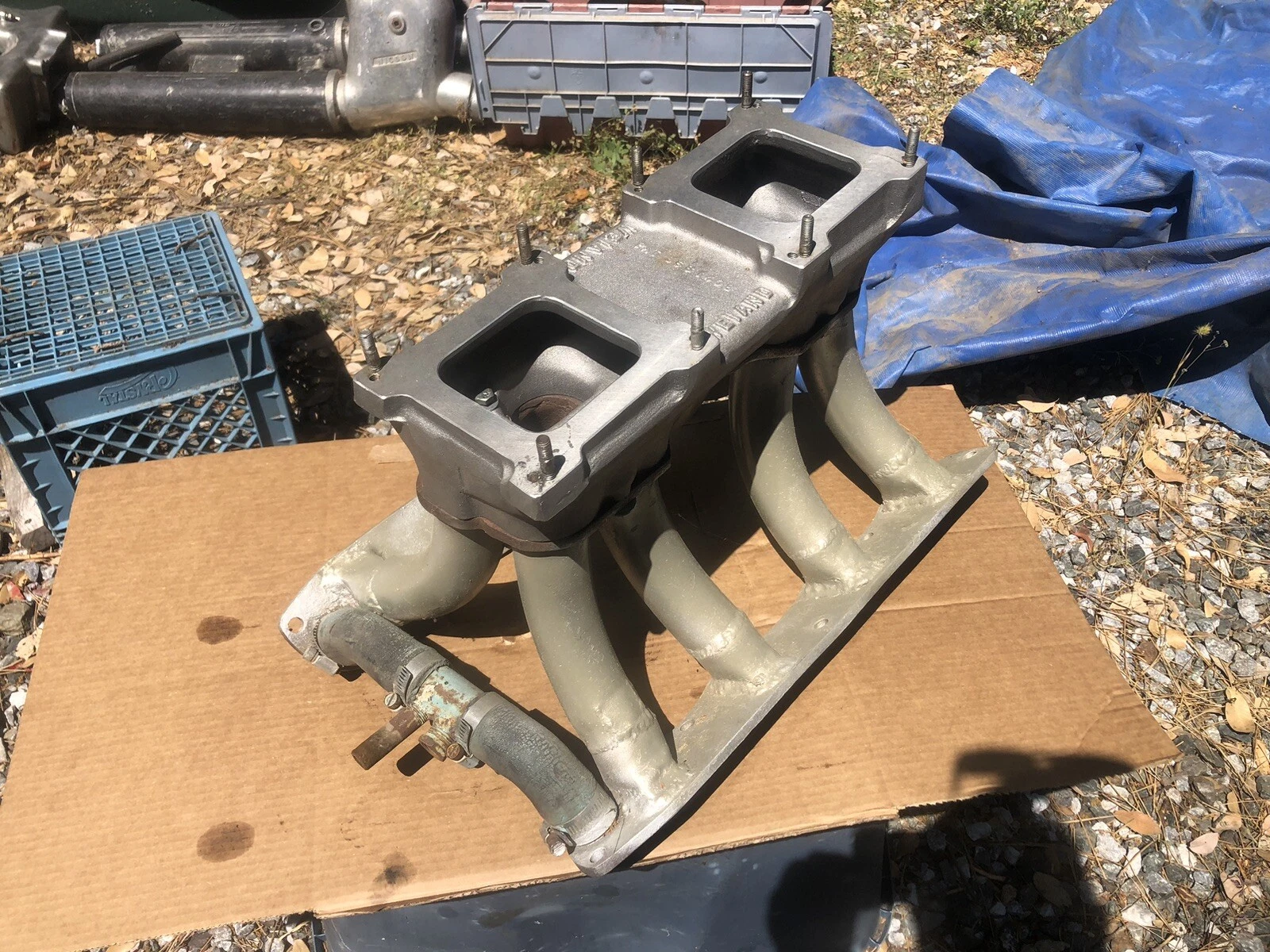I wonder if the OP is ever going to come back???
I had this '76 F250 for quite a few years in the 2010's. Factory 390 4bbl motor that the previous owner was kind enough to sell to me with a smoked head gasket. Needless to say, the motor got a full rebuild.
The recipe was fairly straight forward and budget minded:
Holley 600 cfm 4bbl
Howards' Dual pattern flat tappet cam
New flat tops for a 9:1 compression ratio
Long tube Headers
Stock Heads with a nice 3 angle valve job
Nothing exotic or expensive, and it would pull my 10,000 lb 24' Pace enclosed along at 65 mph all day, and roast the tires at a moments notice unloaded. The biggest headache with the truck was the C6 and 4.11 rear gears. I farted around with an AOD for a awhile, but could never get a tight enough stall on the small torque convertor dictated by the Quicktime bellhousing to run comfortably in OD without cooking the oil. Hindsight being 20/20, I should have gone to a Gearvendors for the C6 or converted it to a manual OD. Eventually sold it and the AOD setup, and replaced it with my '85 F350.
There is no reason you can't build your 360 to similar performance, just by following the basic hot rodding rules of getting air and fuel in and out more efficiently, and adding compression. I.E. 4 bbl intake and carb, headers, new pistons to get in that 9 to 10:1 compression ratio range, performance cam, etc.









